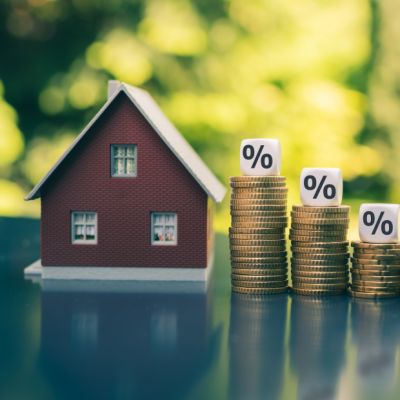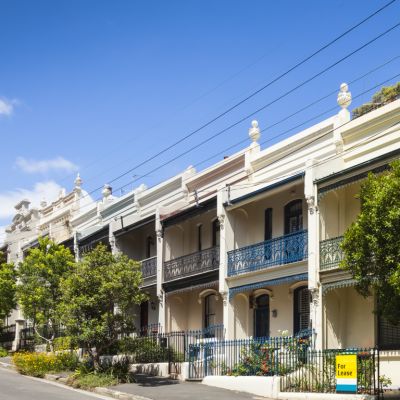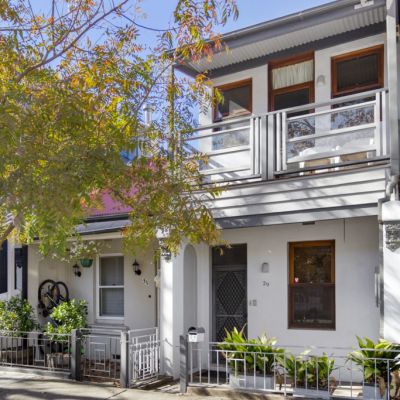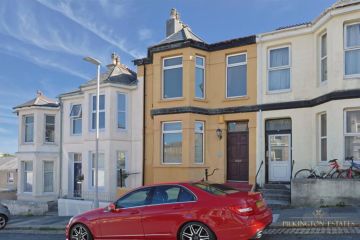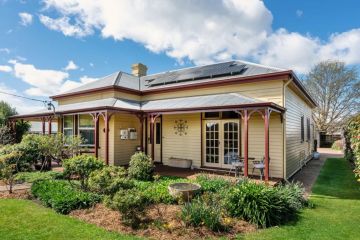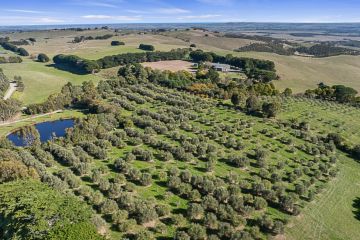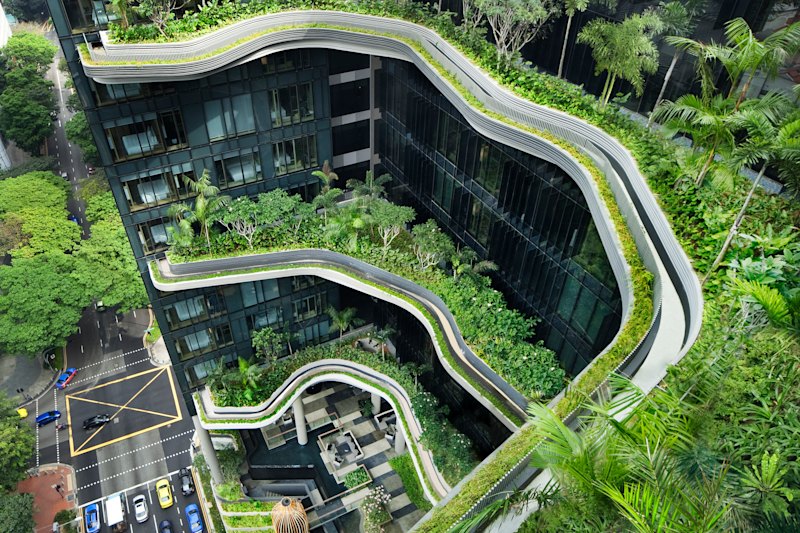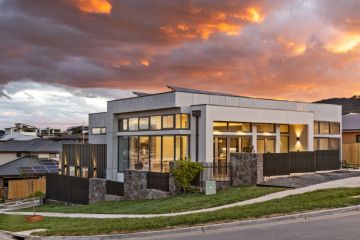Forecast of 30 per cent housing price growth could be largely realised: economists
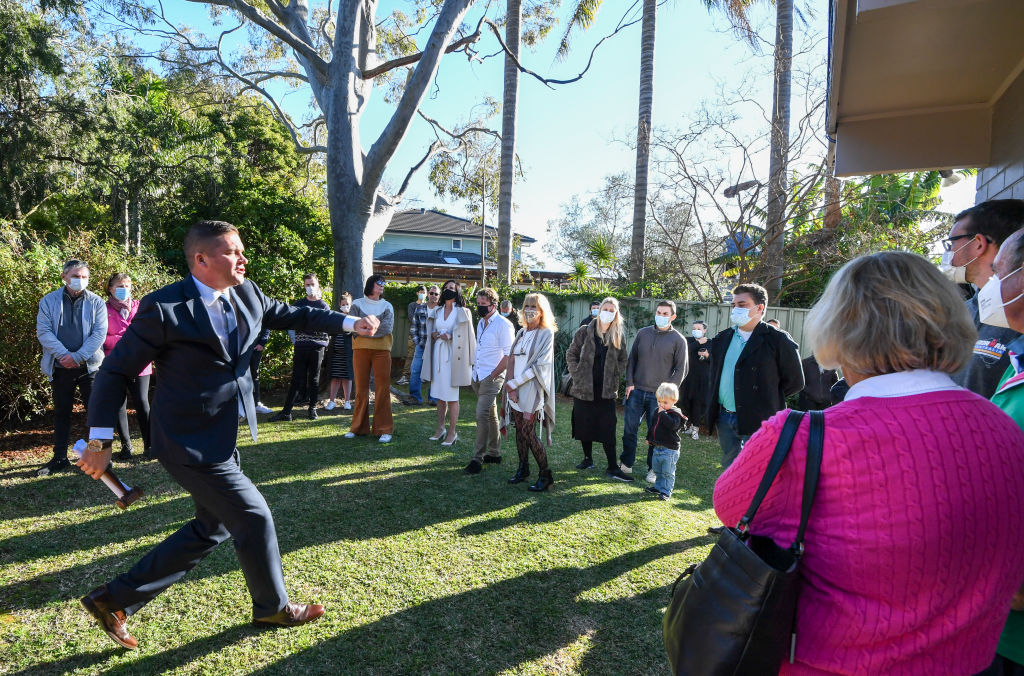
A once-stunning forecast that house prices could soar as much as 30 per cent if interest rates were slashed looks set to be largely realised, top economists warn.
Affordability constraints or the prospect of an interest-rate rise in the medium term might cap the growth at about 25 per cent in three years’ time, they said – but it would still be a significant jump.
Reserve Bank of Australia research in 2019 found a permanent one percentage point cut in the cash rate would result in an increase in house prices of 30 per cent after three years.
And if that interest rate reduction were temporary, house prices would rise by 10 per cent in the same period, the modelling showed.
While neither scenario has eventuated precisely, experts say that an ultra-low interest rate environment has helped kick off the latest housing boom and is likely to sustain it for the next two and a half years.
The Reserve Bank held the cash rate at 0.1 per cent at its July board meeting, saying its central scenario was to keep it there until 2024 but revealing it would ease its other emergency support for the economy – and adding that there are other “plausible scenarios” as the economy recovers.
The author of the 2019 report and now chief economist for the Centre for Independent Studies Peter Tulip said he expected house prices to rise by 25 per cent by 2023 if interest rates and inflation remained low.
The slightly lower outlook factors in the prospect of a rate rise eventually.
“The main downside risk to the house price outlook is if we were to get surprisingly high numbers on inflation and wages and another big surprisingly low number on employment. We would expect a quicker rise in interest rates, and that would make buying less attractive,” Mr Tulip said.
With no signs of rising inflation yet – a key goal of the central bank – it would likely take years of strong economic growth before there was a significant increase in interest rates, he said.
Until interest rates lifted from the floor, housing was still a good buy, Mr Tulip said.
“The big difficulty people have is getting the deposit together, and obviously that is getting harder and harder with every month’s increase in house prices,” Dr Tulip said.
“But if you can get the deposit together, which I recognise is impossible for some people and possible for some others, then housing is very attractive.”
How interest rates impact house prices
Dwelling values are already up 13.5 per cent over the past year as owner-occupiers rushed into the market armed with cheap loans.
“What we saw was a significant decline in fixed interest rates, and we saw a huge uptake on the back of those falls,” Jo Masters, EY Oceania chief economist, said. “The past year has shown how important interest rates are in influencing the housing market.”
She said while the forecast depended on whether consumers believe the interest rate cut would be permanent, rising fixed rates and an improving economy would suggest to households the next rate move was “up not down”.
Further growth would come from investors, not first-home buyers, Ms Masters said.
Investor lending jumped 13.3 per cent in May and has more than doubled over the past year, reaching its highest level since June 2015, figures released last week by the Australian Bureau of Statistics show.
The other factors at play
But AMP Capital chief economist Shane Oliver, who expects house prices could rise about 25 to 30 per cent before peaking, said while low interest rates historically led to higher house prices, there were other factors at play.
“You could argue there is another factor that has aided and abetted the rise in house prices over the past 25 years, and that is the lack of supply of housing,” Dr Oliver said.
“Other countries with even lower interest rates, parts of Europe have lower interest rates than 1 per cent and have more affordable housing. The lack of supply has been a bit of a constraint [in Australia].”
With fixed-rate loan rates starting to rise, he said house price growth would continue but slow down in the next two years.
NAB chief economist Alan Oster said he expected house prices to rise by about 28 per cent by 2023, but that could change depending on immigration levels or if prices ran away.
“That means unemployment won’t be dropping as rapidly as currently,” Mr Oster said.
“Affordability still ultimately matters … If it looks like it is starting to get there, I think APRA, in conjunction with the RBA, would start using macro-prudential tools, particularly with investors, which it’s not [yet].
“The adjustment would be to deposit ratios, loan-to-value ratios or alternatively to the debt-to-income ratio.”
Marcel Thieliant, senior Australia and New Zealand economist at Capital Economics, said if prices rose 30 per cent, “affordability would be the worst since the GFC by end-2023”.
He expects a smaller rise of 20 per cent by the end of 2023, with deteriorating affordability set to put the brakes on house price growth next year. The bank regulator could also eventually step in to rein in lending if there was a drop in lending standards, he said.
We recommend
We thought you might like
States
Capital Cities
Capital Cities - Rentals
Popular Areas
Allhomes
More
